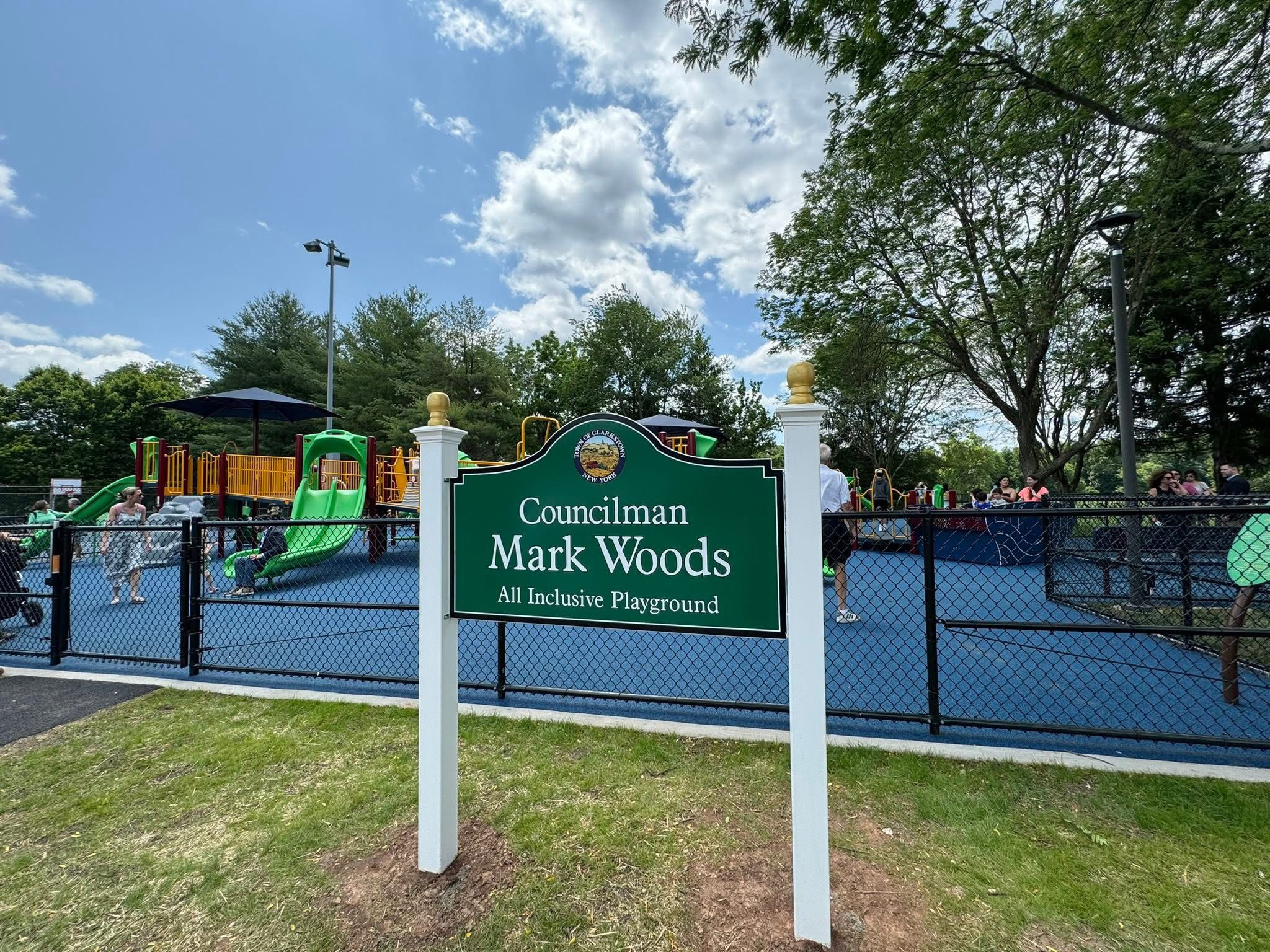Government
DEC Urges New Yorkers to Practice BearWise Basics to Prevent Human-Bear Conflicts as Black Bears Emerge from Winter Dens
-

 Police/Fire/EMS21 hours ago
Police/Fire/EMS21 hours agoFatal Wrong-Way Crash on I-87 in Clarkstown Under Investigation by New York State Police
-

 Government1 week ago
Government1 week agoNew York State Senate Unanimously Passes Senator Weber’s Bill to Expand Trade Union Recruitment in High Schools
-

 Community4 days ago
Community4 days agoClarkstown Town Clerk Lauren Marie Wohl Celebrates Over 118 Weddings in 2025, Honors June Newlyweds
-

 Business1 week ago
Business1 week agoNanuet Town Centre Grand Re-Opening Block Party Set for June 21–22: Free Family Fun, Live Music, Food Trucks & More

























